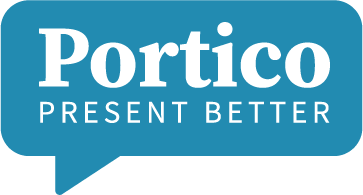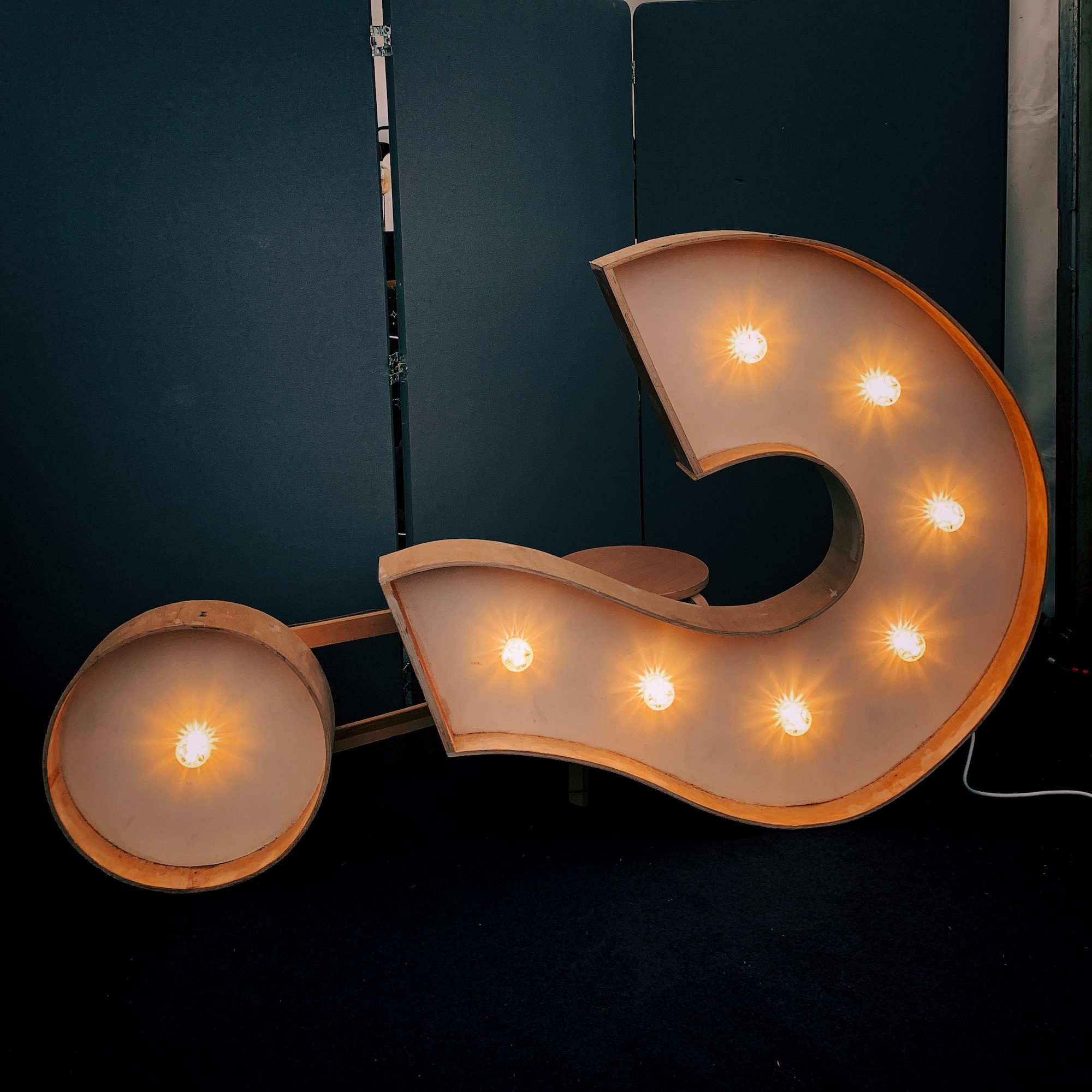Presenters either enjoy the Q&A session, or would rather do away with it altogether. Whether this part of the presentation is where you feel the most or the least comfortable, practicing and incorporating some key transition phrases can help you keep, if not strengthen, your connection with the audience.
- Avoid responses like “Thank you for asking that question. . .” or “I’m glad you asked,” because in most cases, this simply isn’t true. We often default to these replies as we scramble to come up with a good answer. If the person raises a compelling point or a perspective you hadn’t considered when developing your presentation, invite them to elaborate, “Tell me more about your experience.” This is your opportunity to learn, and more importantly, to create a way for your audience to take part.
- Replace phrases like “Yes, but” with “Yes, and,” to bridge your response. When people hear “but,” they discount any agreement (or goodwill) that preceded the word, and you want to acknowledge that they’ve been heard.
- When someone asks about something you’ve explained (or thought you have), avoid reminding them with the “As I said . . .” phrase. Instead, try saying, “Lets’ take another look.” Even if you’ve explained a concept or an idea several times, if you’re audience doesn’t get it, guess who’s at fault?
In each exchange, you want to listen, acknowledge and respond thoughtfully. Granted, this is difficult to do when you are the center of attention, but its a critical part of demonstrating to your audience that they are important. As part of your presentation practice, rehearse the Q&A session. Practice how you’ll react to questions that seem to come from left field, from body language, to facial expressions, and of course, the actual words. After the presentation, review the Q&A session to assess those areas where you might want to improve or tweak your messaging.


